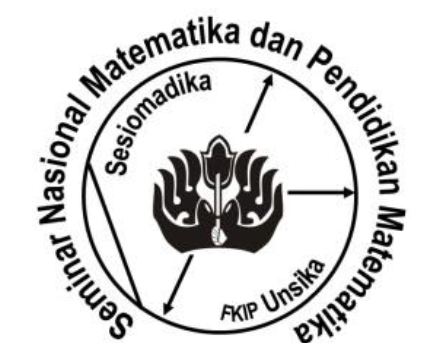JARAK GENETIK DAN KEKERABATAN TIGA JENIS BADAK DI DUNIA BERDASARKAN ANALISIS MtDNA
DOI:
https://doi.org/10.33541/edumatsains.v5i2.2248Abstract
The family Rhinocerotidae is distinct and well defined, but systematic relationships among the four genera evaluated on the basis of geographical distribution of the different genera. The purpose of the research is to find out the genetic distance of rhinos in the world. Samples of Sumatran rhinoceros (Indonesia) are from SRS (Sumatran Rhino Sanctuary) Way Kambas National Park, while for Indian rhinoceros and white African rhinos. Amplification of cytochrome oxidase 1 (CO1) genes in mitochondrial DNA ( mtDNA) uses a specific primer for COI. The two primary pairs are Primer to amplify the partial CO1 sequence (RHCO1F & RHCO1R). CO1 amplification process PCR conditions used are: predenaturation at 940C, followed by the main cycle denaturation stage at 940C for 45 seconds, primary annealing stage (annealing) at 580C. analyzed provides genetic distance ranging from (0.016) to (0.147) for each species. Analysis of 711 bp of rhino DNA sequences can be shown in the form of a matrix of genetic differences. The genetic distance of the white African rhinoceros (Ceratorium simum) with the Sumatran torgamba rhinoceros is (0.142), while with the Indian rhinoceros (0.147) and the genetic distance between the Sumatran rhinos themselves there is a difference that the Sumatran rhino Bina differs by (0.136-0.147) with the other three individuals, while Torgamba has a genetic distance with Rosa of (0.014) but with a very close genetic distance (0.007), and Andalas (0.017), while the genetic distance is close to Bina (0.014) with Rosa (0.014).



















_(1).png)

